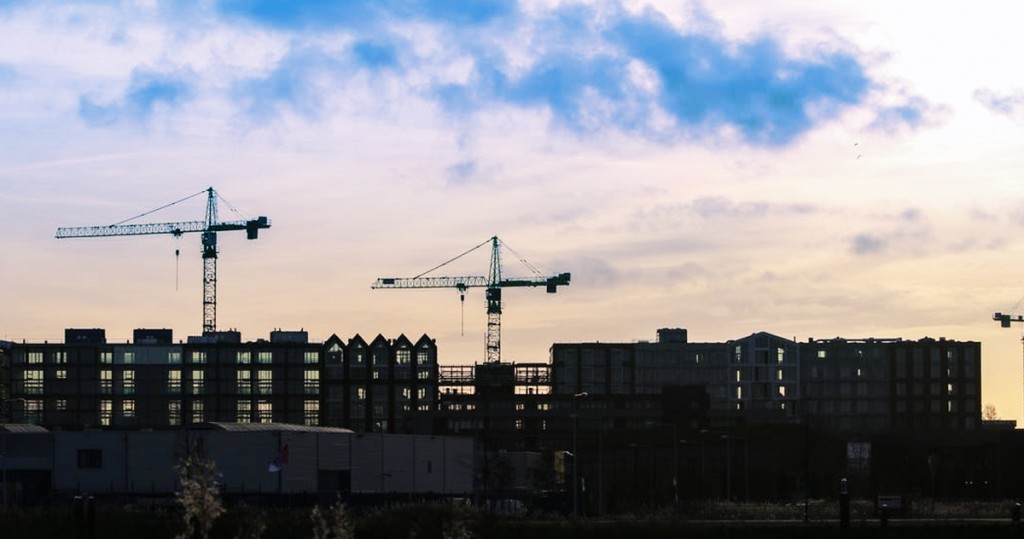Real estate investors and developers like the future outlook for multifamily properties. While vacancy rates fluctuate due to new supply coming online and changing demands, a broad view shows California vacancy rates remaining fairly stable. However, some developers are finding it more challenging to land project financing for new multifamily construction. Why is this and how can developers secure competitive terms?
Why multifamily is attractive
Vacancy rates vary from metro area to metro area, but generally speaking, available units are tough to find. Demand is high, thanks to baby boomers opting to downsize and millennials leaving the nest. Even as millennials start to buy homes, it’s not expected to significantly decrease multifamily demand. The housing market has its own challenges and for some millennials, purchasing a home remains beyond reach. Consequently, many millennials continue to seek affordable multifamily housing near urban centers, where rent growth continues. For a well-maintained multifamily asset, investors have an opportunity to hold a stable income-producing and appreciating asset to add portfolio gains.
Why multifamily lending is a challenge
After a bull run in new multifamily construction, lenders anticipate a slowdown. Rising interest rates and fears of multifamily oversupply coupled with out-of-control rent growth are expected to stagnate growth. In California, developers must contend with high labor and material costs in addition to higher regulatory hurdles. Additionally while banks will finance construction projects, these loans typically only cover 65 percent or less of the full development costs, leaving the sponsor to contribute the balance.
Securing multifamily lending
The Federal Reserve’s Mortgage Debt Outstanding report showed Fannie Mae and Freddie Mac held 37 percent of all multifamily debt, followed by banks at 35 percent. A popular alternative, life companies finance developments with low-interest rates to high-quality apartment properties in strong markets. Some other alternative lending options include mini-perms, construction loans, hard money, and crowd-funding.
Borrowers can expect a thorough loan evaluation and underwriting process. Location and the market’s development pipeline play a significant role in the approval process. Some borrowers may need to work harder to make their case for funding. Presenting a proven track record of success, a solid grasp of fundamentals, and a clear investment strategy help win financing.
Whether government-backed, traditionally, or alternatively funded, developers have the best chance to secure lending by selecting properties in strong markets without a large quantity of new supply scheduled to come online. Even if one door closes, developers can secure project lending through multiple avenues. Alternative financing from lenders like OneSource can help fill the gap. Private money lenders are unrestricted by government rules and regulations, helping developers secure the funding they need to launch their next venture.

